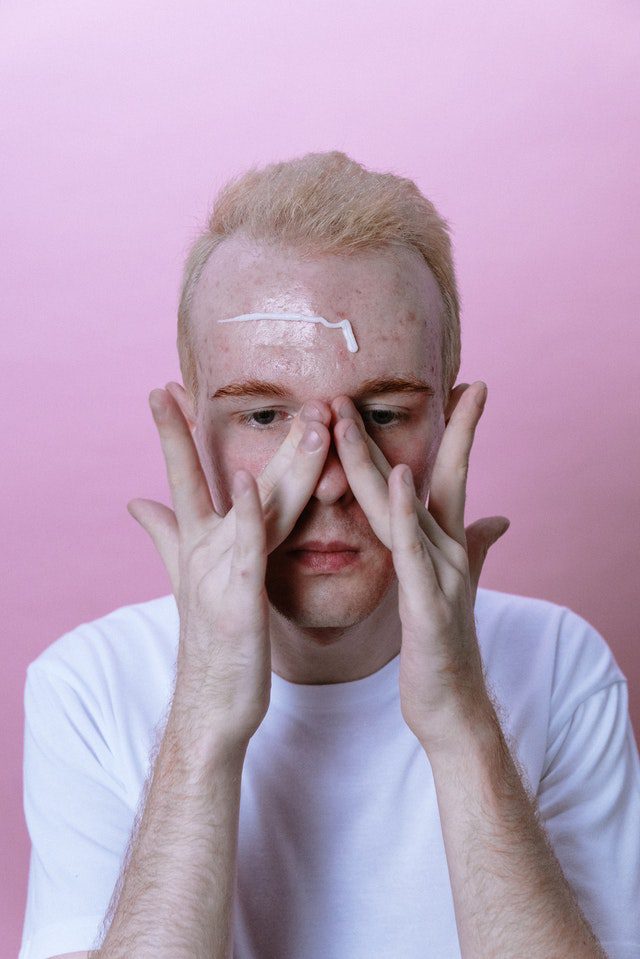Uses
Diclofenac topical gel (Solaraze) is used to treat actinic keratosis (flat, scaly growths on the skin caused by too much sun exposure). Diclofenac is in a class of medications called nonsteroidal anti-inflammatory drugs (NSAIDs). The way diclofenac gel works to treat actinic keratosis is not known.
Diclofenac is also available as a liquid (Pennsaid) and a gel (Voltaren) that are applied to the skin to treat arthritis pain. This monograph only gives information about diclofenac gel (Solaraze) for actinic keratosis. If you are using either of the products for osteoarthritis, read the monograph entitled diclofenac topical (osteoarthritis pain).
Side Effects Of Diclofenac Topical (Actinic Keratosis)
Diclofenac gel may cause side effects. Tell your doctor if any of these symptoms are severe or do not go away:
- redness, itching, peeling or dry skin, irritation, swelling, or rash at the area where you applied the medication
- pain, burning, numbness, or tingling of the treated skin
- muscle, joint, or back pain
- headache
Some side effects of topical diclofenac for actinic keratosis can be serious. If you experience any of these symptoms call your doctor immediately:
- hives
- rash
- itching
- difficulty swallowing
- hoarseness
- unexplained weight gain
- shortness of breath or difficulty breathing
- swelling in the abdomen, ankles, feet, or legs
Topical diclofenac for actinic keratosis may cause other side effects. Call your doctor if you have any unusual problems while using this medication.
Warnings & Precautions
Before using diclofenac gel:
- tell your doctor and pharmacist if you are allergic to diclofenac (Cambia, Flector, Voltaren, Pennsaid, Zipsor, Zorvolex, in Arthrotec), aspirin, or other NSAIDs; any other medications; or any of the ingredients in diclofenac gel. Ask your pharmacist for a list of the ingredients.
- tell your doctor and pharmacist what other prescription and nonprescription medications, vitamins, nutritional supplements, and herbal products you are taking or plan to take. Be sure to mention any of the following: angiotensin-converting enzyme (ACE) inhibitors such as benazepril (Lotensin, in Lotrel), captopril, enalapril (Vasotec, in Vaseretic), fosinopril, lisinopril (Prinivil, Zestril, in Prinzide and Zestoretic), moexipril (Univasc, in Uniretic), perindopril (Aceon, in Prestalia), quinapril (Accupril, in Quinaretic), ramipril (Altace), and trandolapril (Mavik, in Tarka); angiotensin receptor blockers such as candesartan (Atacand, in Atacand HCT), eprosartan (Teveten), irbesartan (Avapro, in Avalide), losartan (Cozaar, in Hyzaar), olmesartan (Benicar, in Azor, in Benicar HCT, in Tribenzor), telmisartan (Micardis, in Micardis HCT, in Twynsta), and valsartan (in Exforge HCT); aspirin or other nonsteroidal anti-inflammatory medications (NSAIDs) such as ibuprofen (Advil, Motrin) and naproxen (Aleve, Naprosyn); diuretics (‘water pills’); and other medications that are applied to the skin. Your doctor may need to change the doses of your medications or monitor you carefully for side effects.
- talk to your doctor before applying sunscreen or cosmetics to skin that is being treated with topical diclofenac for actinic keratosis.
- tell your doctor if you have or have ever had asthma, especially if you have frequent stuffed or runny nose or nasal polyps (swelling of the lining of the nose), heart failure, or kidney or liver disease.
- tell your doctor if you are pregnant, especially if you are in the last few months of your pregnancy, you plan to become pregnant, or you are breast-feeding. If you become pregnant while using diclofenac gel, call your doctor.
- plan to avoid exposure to real and artificial sunlight (sun lamps) and to wear protective clothing and sunglasses during your treatment with diclofenac gel.
Dosage Of Diclofenac Topical (Actinic Keratosis)
Topical diclofenac for actinic keratosis comes as a gel (Solaraze) to apply to the skin. It is applied to the affected area two times a day for 60 to 90 days. Apply diclofenac gel at around the same times every day. Follow the directions on your prescription label carefully, and ask your doctor or pharmacist to explain any part you do not understand. Use diclofenac gel exactly as directed. Do not use more or less of it or use it more often than prescribed by your doctor.
Do not apply diclofenac gel to open skin wounds, infections, or red, scaly, or peeling skin.
Diclofenac gel is only for use on the skin. Be careful not to get the medication in your eyes.
Wash your hands before applying topical diclofenac for actinic keratosis. Then use your fingers to gently smooth the gel onto each affected area. Use enough gel to cover the areas completely. When you are finished applying the gel, wash your hands again. Be careful not to touch your eyes or nose before you wash your hands.
Your condition may begin to improve after 30 days of treatment, but it may take up to 30 days after the end of treatment before you see complete healing of the affected area or the full benefit of diclofenac gel. Continue to use diclofenac gel even if your condition has begun to improve. Do not stop using the medication without talking to your doctor.
Other
Keep all appointments with your doctor.
Do not let anyone else use your medication. Ask your pharmacist any questions you have about refilling your prescription of topical diclofenac for actinic keratosis.
It is important for you to keep a written list of all of the prescription and nonprescription (over-the-counter) medicines you are taking, as well as any products such as vitamins, minerals, or other dietary supplements. You should bring this list with you each time you visit a doctor or if you are admitted to a hospital. It is also important information to carry with you in case of emergencies.
Source
All information has been provided courtesy of MedLinePlus from the National Library of Medicine and from the FDA.



